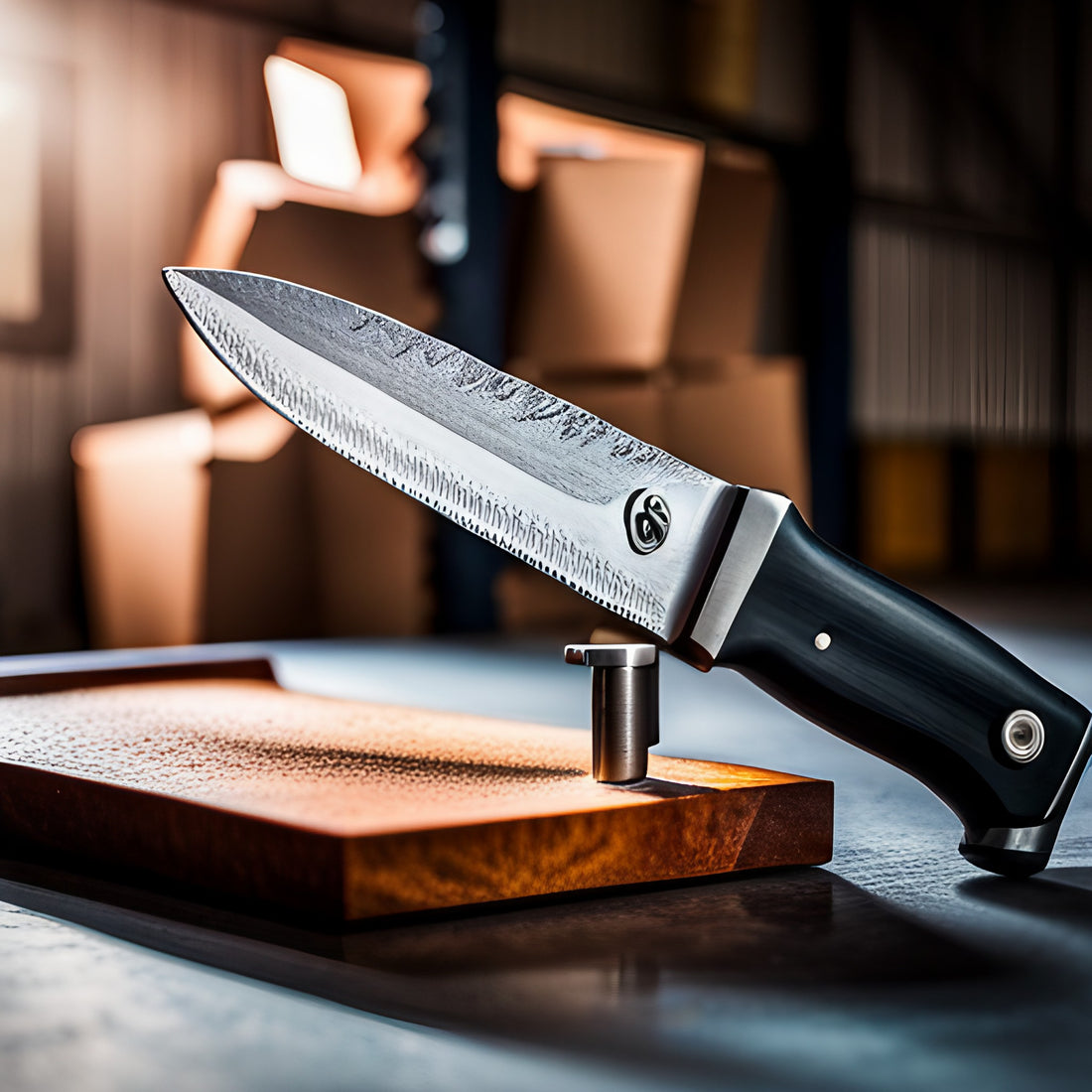
The Importance of Knife Maintenance: 3 tips you want to know.
In the world of culinary arts, survivalism, and everyday carry, maintaining a sharp and functional knife is paramount. Knife maintenance is not just about ensuring that your tools are in prime condition but also about enhancing your overall efficiency and safety in the kitchen or any environment where knives are essential tools. If you're been wondering how to properly care for and use knives, we have the answers.
Knife Care Tips you want to know.
Regardless of if its kitchen knife maintenance or field knife care time, there are a few key knife care tips to keep in mind.
1. Safety First: respect the knife blade.
A well-maintained knife with a sharp edge is a safe knife. Dull blades are more likely to slip while cutting, increasing the chances of accidents and injuries. Sharp knives, on the other hand, provide better control and require less force, making precise cuts easier and safer.
Regular maintenance ensures that your knife remains sharp, reducing the risk of mishaps. We also recommend always using appropriate equipment to keep you safe!
2. Honing for Increased longevity
Investing time in regular knife maintenance extends the life of your blades. Properly cared-for knives resist corrosion, chipping, and other forms of wear and tear, allowing you to get the most out of your investment.
A sharp knife is essential for achieving clean cuts, which is crucial for all kinds of knife users. To keep your blades sharp under heavy use don't neglect to take a moment to re-hone your knife blade using either a strop or honing rod.
3. Cleaning your knife's blade
No matter if you use stainless steel knives, carbon steel knives or Japanese kitchen knives, regular cleaning is going to be required to keep it performing as well as you want.
We highly recommend hand washing your knives! While a dishwasher is great to get your plates clean, putting your knives in the dishwasher could damage the metal or cause injury to others. When you hand wash, use some warm water, light soap, and then simply rinse, dry and store!
How to properly maintain your knife for a continuous sharp edge!
Maintaining your knife can be a simple process if you have a plan to follow. If you're ready to turn your frustrating dull knife into a sharpened edge, keep reading!
Sharpen and restore the knifes edge.
If your knife is clean, then we can start proper knife care with sharpening. When we sharpen we restore the blade edge. Often times, knife sharpening is done with a sharpening stone like whetstones and oilstones.
Sharpening happens when you remove some of the knifes metal by running the knifes edge against the stone at the same angle. In order for the knife to cut efficiently it needs an edge with a hard V shape. Dull knives have a U shape.
Sharpening removes just enough metal to restore the V shape on the knife edge.
Honing to keep a sharp knife!
If sharpening restores the V shape on the blade edge, then honing keeps the shape longer. Since the very edge of the knife is so thin, the tip can bend. Honing helps put it back!
Professional chefs, and others who use their knife professionally know that honing often can reduce the time it takes to cut through material and lengthens the lifespan of your favorite knife.
For most people, a honing rod or a strop can easily help you get a well honed knife. Just like with sharpening, make sure you keep the angle correct! Just remember, a un honed knife will dull faster than one that is regularly honed!
The importance of knife maintenance cannot be overstated.
By incorporating simple yet effective maintenance practices into your routine, you ensure safety, improve performance, extend the lifespan of your knives, save money, and enhance your overall experience.

